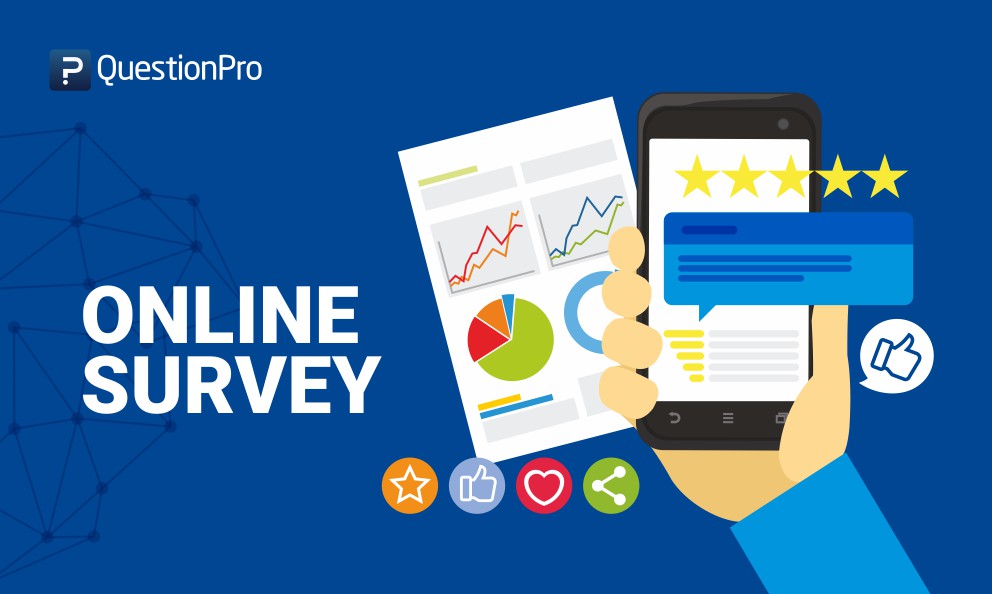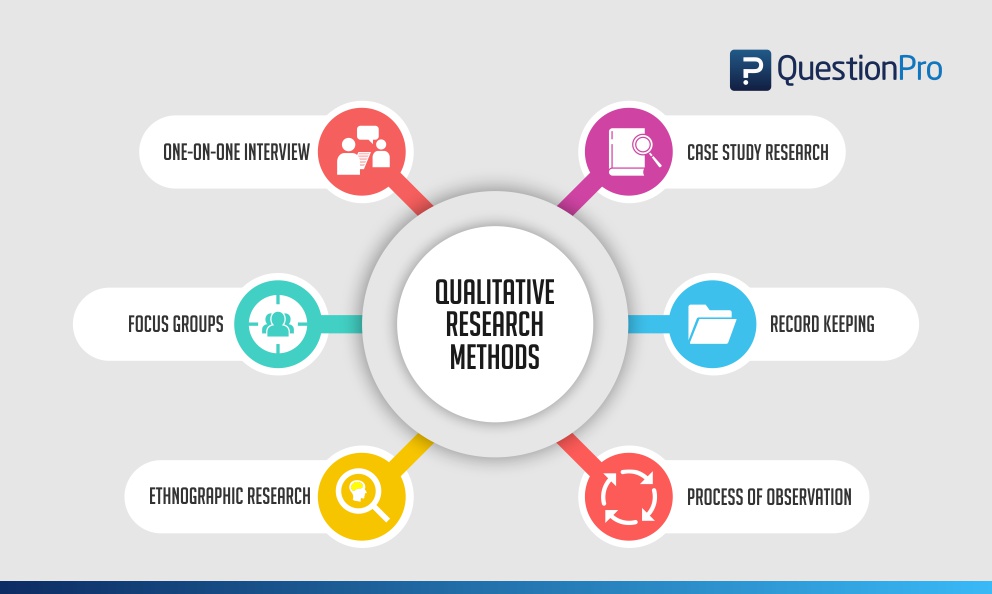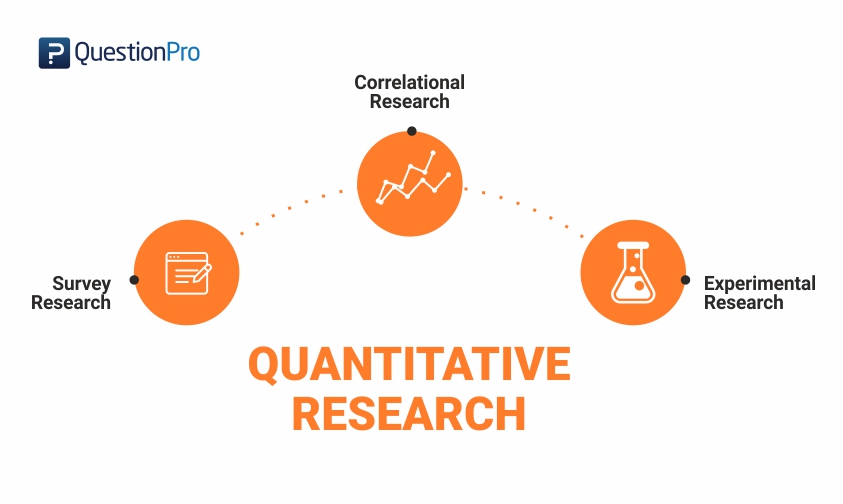Unit 2 - Research
Research is essential to having a successful report or product as without all the facts and information you could misinterpret the situation or having a missing clue that could change how you approach the rest of the project. Without the right amount of research, it could end in the loss of profits or even being sued for the spread of false information and endangering or defamation of a person or group of people. This can be done through "slander" (verbal defamation) or "libel" (written defamation). This means that your reputation could be ruined and future jobs or opportunities could be lost.
Primary and secondary research.

Primary research is when you conduct research yourself. It is straight from the source and done by yourself to get all the information. Journalists normally have to do this sort of research themselves through techniques such as interviews, surveys, questionnaires and focus groups. This sort of research can also be very useful for companies who want to release a new product or media. Generally, this source of research is very trustworthy and reliable as it is straight from the source so the words aren't twisted or interpreted differently. However, this is normally quite an expensive and time-consuming form of research due to the need to travel and response/cooperation with external people.
Secondary research is information that has been gathered by someone else and displayed either online or in some sort of hard copy. It is easier to find and use as a simple search online or a trip to the library can reveal all that is needed to know. You don't collect this information yourself as others have done it before you in the form of articles, newspapers, data, reviews, photo libraries and government consensus. This is cheaper and easier than primary research but is less reliable and could be incorrect or misinterpreted so it affects you in the long run.


Qualitative and Quantitative research.

Qualitative research is a type of research that is based more on opinion and written confirmation. This includes the different views of people and isn't really based off of data. It gives an insight into the topic as it can have a wide range of answers. However, it won't always be factual and it can contradict itself as one person could love and the element of the topic whereas another could find it the most negative piece of the topic. So, therefore, it can range from good to bad reviews and some of them can be unfounded and have no basis to the topic.

Quantitative research is when you find and base your research on statistics and facts that can be found through both primary and secondary research. It includes pie charts and bar graphs that comment on a topic that has widely used opinions or facts that can be repeated or researched again with the same results and statistics. Again this type of research is usually very reliable and factual as statistics aren't as opinionated and grounded in fact and mathematical research.
Market and audience research
Production research
Both of these types of research are very similar however market research is where you learn information about the market you are going into and the type of shows/movies that have come beforehand whereas audience research is more about is there and audience base to go into and what sort of stuff appeals to the target audience.
Market research can be done through analyzing previous faults and merits of products that have come beforehand and learn from what they have done to improve your work. This can be done through some of the previous research methods mentioned as they all link into each other.
Audience research is about what the viewer wants or likes so that the product can be adapted to be the most productive and successful product that it can be whether it is a movie or a car. Again by using previous methods mentioned this research can be found out by applying both primary and secondary research as well as data that has been collected from the audience.
This is the final main type of research used in media as it looks into the basics of filming. It includes research into the crew, tech, location and other necessities for the production of a film. This is done by looking into the different type of people and equipment needed to complete the assigned production such as getting in film cameras, directors, actors, and film sets to work on.
Demographics, psychographics, stereotypes and representation
When doing research into your market and audience you could accidentally stereotype your potential viewers and this dangerous and could lead to problems such as being called out for racism or being too over the top with your jokes/show that the target audience is put off from watching. A stereotype can be made when looking at the fan base of a group such as little mix and making a statement like "all their fans are teenage girls" which puts them in a category and can harm the group and the fan base. You also get stereotypes in high school movies such as the 'jock', the 'cheerleader', the 'nerd' and the 'funny guy'. Generally, these can be accurate and you do see these type of people quite often but assuming this all the time could be harmful as the jock could be really smart and the nerd could do swimming outside of school. However, by looking into demographics you can look into the typical home of a viewing audience and then look into the psychographics to know what their interests may be to appeal to them. So normally by looking into these statistics you can then represent what the general audience wants to see on the television and get the best response by looking into the facts and figures of what the public want.
Legal and Ethical considerations
Copyright
Legal contracts
The main premise of copyright is to protect the original work that someone has produced such as literature, drama, music and art. It considers the original work as 'property' that can be owned and sold. If you then use elements of that work in something you have produced yourself without the permission of the original owner then this can 'breach' copyright laws and legal action can be taken. Broadcasts can be protected under copyright for 50 years after it has been put out and films can be protected 70 years after the death of the last original producer. Film copyright holders can include; principal director, author of the screenplay, author of the dialogue or the composer of original music commissioned for use in the film. So when these copyright laws are over that work is in the public domain for free use and anyone can edit or change it any way they want.
Creative commons are also another part of copyright laws and it allows the originator to give certain levels of permission for their work to be used. One level of this is Attribution (CCBY) which is the most flexible and allows the work to be used in any way you like but you need to credit the author. Another level is Attribution No Derivatives (CCBYND) which means you can use the work without editing or changing it in any way and you also still need to credit the originator. Jamendo is a royalty-free site that allows music to be used freely by the user.
Fair Use
Fair Use is a legal doctrine which allows the reuse of copyrighted material without gaining permission from the owner and it was developed from the system of people quoting or citing other people's works in University dissertations. This means works/clips can be played and used in the work of another person if they are commenting on what they have done/said. It states that it is used for a non-profit educational purpose and it is more likely to be classed as fair use if it is used in a primarily factual work rather than a fictional one. Also by using bits of the copyrighted works instead of the whole work is more likely to be considered fair use. However, if the works that you have produced effect the original works' credibility or the original owners profit from that work it is less likely to be considered fair use. Because of how complex fair use claims can be and because of exploits of the term being used frequently every day, many myths surround this term. Such as giving credit or having a disclaimer automatically is considered fair use.
Ethics
Representation
The basic definition of ethics is 'a set of moral principles that govern a person's behaviour or the conducting of an activity'. This means that people have a code of conduct as such that people would adhere to as doing otherwise could seem wrong or unethical. Profanity (the usage of offensive words or language) or Blasphemy (content which could offend somebody on a religious basis) are ethical considerations when producing a piece of media as extreme cases of backlash could lead to terrorist attacks against a 'joke' or film that was produced. An example of a piece of media that uses religious themes is Carrie Underwood "Jesus, take the wheel" and Kanye West "Jesus Walks".
This is how a certain group or community is portrayed on TV or in films. Stereotyping can very easily be reached and it could involve this in a negative way such as having a 'typical' gay best friend or evil Russian villain. The main points of representation include; race, gender, sexuality, and religion. Comedies usually target certain stereotypes for laughs but this can be dangerous as in modern times many people easily take offence to this type of comedy as it can be seen as over the top and something that shouldn't be made fun of as they are serious situations. Pretty Little Liars is a show that stereotypes women by their looks giving them power but films such as Alien and the MCU represent strong and independent women who oppose the stereotype.
Professional Filming Bodies
There are many types of filming bodies but some of the most well known include the BBFC, ASA, and OFCOM. They each serve a different purpose but they all regulate a certain part of media.
BBFC (British Board of Film Certification) - Most people have probably heard of this company as they are the first thing you see at the start of a movie when the age rating is shown on the screen. They regulate what age people can view a movie and they have many different types of classification. The first rating is U for Universal so that anyone can watch it after that is PG for Parental Guidance and then a 12A which is people under 12 can view it with an adult. The next ones are 12, 15 and 18 which all mean that anyone under those ages can't view the film. Finally, an R rated film is only given to films that are provided in private and they include extreme grotesque, explicit or graphic film.
ASA (Advertising Standard Authority) - It is a self-regulatory company that sorts out advertising for the country and it has a code of advertising that has enough power to take complaints and act on them to the extent of taking down and banning adverts that have been complained about. It is a non-statutory organisation and so cannot interpret or enforce legislation.
OFCOM (Telecommunications company) - This company is a UK government-approved advertising organisation that sorts and approves of what is shown on your television and also what times certain programmes can be shown. Therefore more offensive shows are shown on TV after 9pm and can't be shown throughout the day. It is the watershed hour so any restraints are taken away and swearing and other offensive themes are allowed to be shown.
BARB - Broadcasters' Audience Research Board
This organisation is an analytics site and company that deals with the UK's viewing habits with a wide range of statistics from all regions, genders, races, and ages. It has a certain amount of representatives from different types of households all around the country and uses these stats to produce weekly and monthly data on what is being watched and who and where it is being watched. By having such a wide range of people all from different backgrounds and situations this company gives the most accurate look into what people in the UK are watching and what you are more likely to watch due to your financial situation or your background with family or gender.
You can go on the website to look at the data collected or sign up to be another unique home that contributes to the general viewing habits of the UK population.
One piece of research I did was looking into how three-point lighting works. I did this through Primary research with Ivana where she gave us the information on how to set up the lighting. First of all, he taught us what it was, a lighting set up consisting of three separate lights. Next, she told us the purpose of each different light such as the primary light which is the brightest main light that lights up the subject.